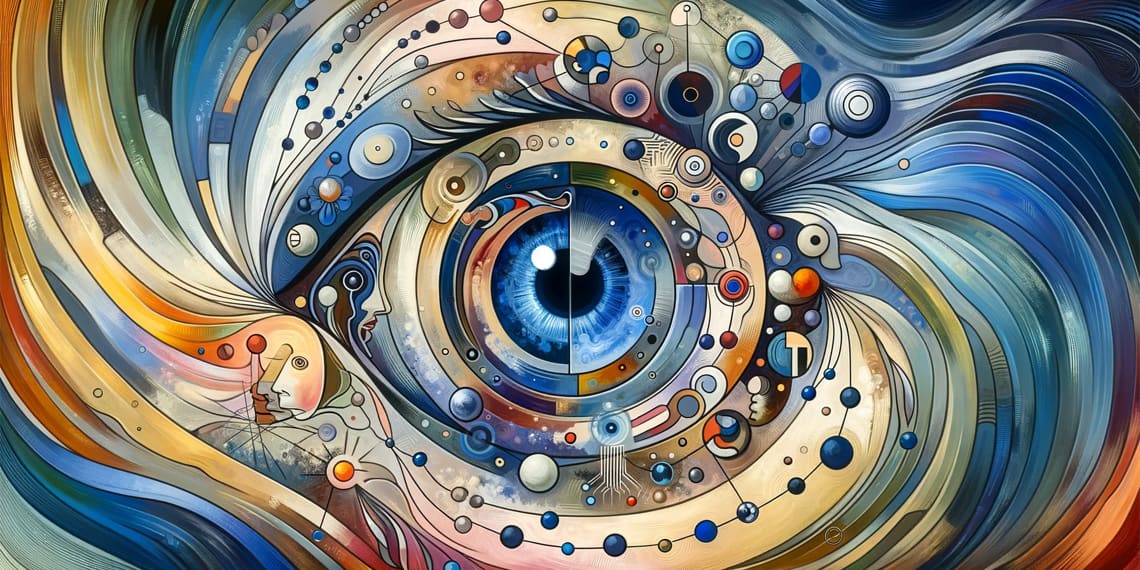An experimental study conducted in Germany explored the impact of emotional images on the accuracy of responses to visual cues. The findings revealed that participants were more likely to make mistakes when exposed to sexual imagery, indicating an increase in impulsive reactions. Interestingly, this effect was particularly pronounced in men. The study was published in the Archives of Sexual Behavior.
Feelings have a strong connection to actions. When individuals feel happy, they tend to engage in activities associated with happiness such as dancing, singing, and interacting with others. Conversely, sadness often leads to withdrawal and reduced activity. This link between emotions and behavior is not limited to humans but also applies to mammals and other animals, displaying similar patterns.
The emotional state of a person can be influenced by external events as well as their own thoughts. Research has shown that thoughts about sex or exposure to sexual cues, such as explicit images or being with a sexually attractive person, trigger physiological changes in preparation for sexual activity. These thoughts also elicit intense emotions that can impact behavior. For example, both men and women are more inclined to engage in sexual activities after viewing sexually arousing content.
Julian Wiemer, the study author, and his colleagues aimed to investigate the effects of different emotional stimuli on the inhibition or disinhibition of human behavior. They hypothesized that men would be more affected by sexual stimuli and negative emotional stimuli compared to women. The researchers predicted that sexual cues would increase activity and reduce inhibitions, while negative stimuli would have the opposite effect, leading to increased inhibition.
For the experiment, the researchers used 48 images designed to elicit emotional responses. These images were categorized into four groups: neutral, sexual, positive, and negative. Negative images depicted sick or injured individuals, while positive images showed joyful people engaged in high-arousal activities such as winter sports or celebratory events. The sexual images portrayed explicit sexual intercourse between a man and a woman. The neutral images depicted individuals engaged in low-arousal activities like chess, reading, and office work.
The study participants consisted of 37 men and 38 women recruited from a larger control group through the university’s online registration system for psychological studies. During the experiment, participants completed a go/no-go task while the background images were displayed on a screen. Occasionally, a blue square or another object appeared on the background image. Participants were instructed to press a button as quickly as possible when a blue square or circle appeared, but to refrain from reacting if a different object was shown. The researchers recorded participants’ responses and monitored their pupil dilation throughout the task.
In addition to the primary task, participants completed assessments to measure tendencies such as the use of force or verbal coercion during sexual encounters, aggression, impulsivity, and emotion regulation style. These assessments included the Sexual Experience Survey (Short Form Perpetrator), the Aggression Questionnaire, the Barratt Impulsiveness Scale (BIS-15), and the Emotion Regulation Questionnaire.
The results revealed that participants made more mistakes in the go/no-go task when sexual images were present compared to neutral and negative images. This effect was significantly more prominent in men than in women. Furthermore, men showed a higher error rate when viewing positive images compared to negative or neutral ones, although this effect was less pronounced than with sexual images.
The study authors concluded, “The findings of increased impulsivity in the presence of sexual stimuli align with an enhanced approach motivation and/or reduced inhibitory capacities in men. The heightened approach motivation may be attributed to a more positive perception of visual sexual cues among men, their attention being captured by sexual cues, or a more efficient integration of sexual stimuli into response selection processes. These findings suggesting (hyper-)responsiveness to sexual stimuli may partially explain risky or transgressive behavior in real-life situations, but further research is needed to establish the correlation.”
This study significantly contributes to the scientific understanding of the relationship between emotions and behavior. However, it is important to note some limitations. The study solely focused on visual stimuli (pictures), so the effects on other types of stimuli may differ. Additionally, the study sample size was relatively small.
The study, titled “Sexual Stimuli Cause Behavioral Disinhibition in Both Men and Women, but Even More So in Men”, was authored by Julian Wiemer, Stefen Kurstak, Florian Sellmann, and Kerstin Lindner.


